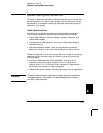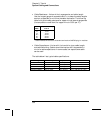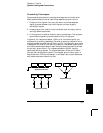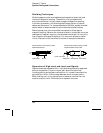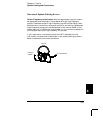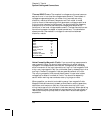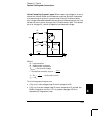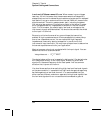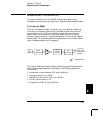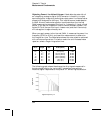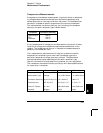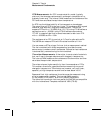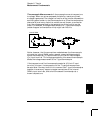
Thermal EMF Errors Thermoelectric voltages are the most common
source of error in low-level dc voltage measurements. Thermoelectric
voltages are generated when you make circuit connections using
dissimilar metals at different temperatures. Each metal-to-metal
junction forms a thermocouple, which generates a voltage proportional
to the junction temperature difference. You should take the necessary
precautions to minimize thermocouple voltages and temperature
variations in low-level voltage measurements. The best connections are
formed using copper-to-copper crimped connections. The table below
shows common thermoelectric voltages for connections between
dissimilar metals.
Copper-to- Approx. µV / °C
Copper
Gold
Silver
Brass
Beryllium Copper
Aluminum
Kovar or Alloy 42
Silicon
Copper-Oxide
Cadmium-Tin Solder
Tin-Lead Solder
<0.3
0.5
0.5
3
5
5
40
500
1000
0.2
5
Noise Caused by Magnetic Fields If you are making measurements
near magnetic fields, you should take precautions to avoid inducing
voltages in the measurement connections. Voltage can be induced by
either movement of the input connection wiring in a fixed magnetic field
or by a varying magnetic field. An unshielded, poorly dressed input wire
moving in the earth’s magnetic field can generate several millivolts.
The varying magnetic field around the ac power line can also induce
voltages up to several hundred millivolts. You should be especially
careful when working near conductors carrying large currents.
Where possible, you should route cabling away from magnetic fields.
Magnetic fields are commonly present around electric motors, generators,
televisions, and computer monitors. Also make sure that your input
wiring has proper strain relief and is tied down securely when operating
near magnetic fields. Use twisted-pair connections to the instrument to
reduce the noise pickup loop area, or dress the wires as close together
as possible.
Chapter 8 Tutorial
System Cabling and Connections
340






